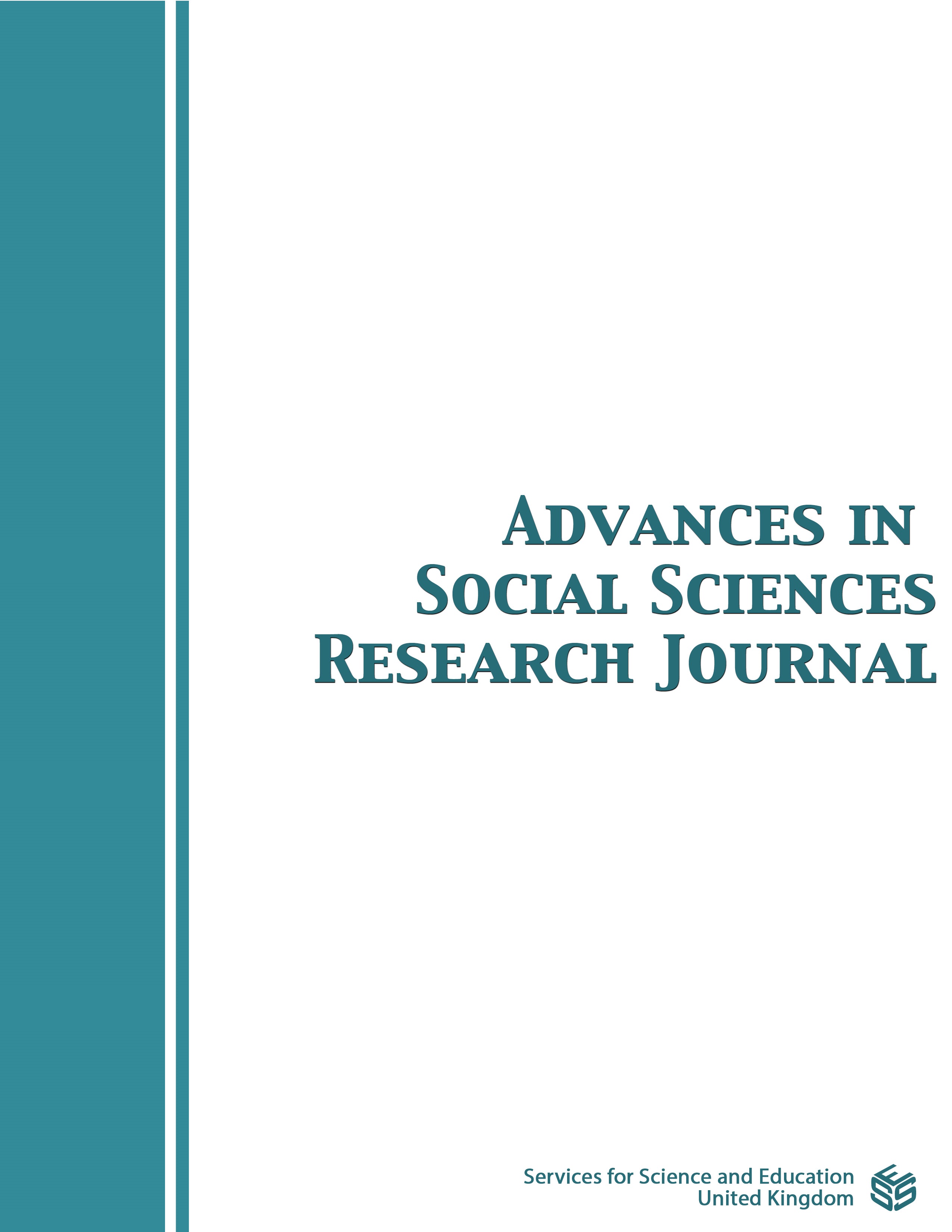The “Arbitral Immunity” Dilemma – What is the Balance?
DOI:
https://doi.org/10.14738/assrj.102.14129Keywords:
Arbitral Immunity, Arbitral Systems, Independence, Need for Qualified ImmunityAbstract
As recipients of bad news are inclined to blame the messenger, a losing party in arbitration will tend to blame the arbitrator. Arbitrators will usually respond by asserting the doctrine of arbitral immunity. The main objective of this paper is to investigate how arbitrators and the parties who appointed them are protected from certain liabilities imposed on them. Since arbitrators carry out some judicial or quasi-judicial functions that render them comparable to judges, is it fair to compare them to court judges? Do they possess the same powers as court judges? It is often said that arbitrators should be treated as mere professionals hired to provide their services and they should not be protected by the shield of immunity. Some scholars would argue that if immunity is not granted to them, they will work under constant fear of reprisals from unsatisfied parties. Emphasis, in this paper, is laid on the similarities and differences between arbitrators and judges and also in how different legal and arbitral rules approach the concept of arbitral immunity under different jurisdictions. Also, a comprehensive analysis is made on how arbitrators and aggrieved parties to the arbitration are duly protected. A close examination is also undertaken on how to improve the system and move towards a more unified model. After having critically analyzed the basis of arbitral immunity, it is firmly believed that some degree of immunity is important in order to maintain the independence and impartiality of the arbitration process. It can be postulated that arbitral immunity should be qualified and not absolute. By qualified immunity it is understood that when an arbitrator has committed gross negligence, has had a willful conduct or has acted in bad faith, he should not be shielded by the blanket of immunity.
Downloads
Published
How to Cite
Issue
Section
License
Copyright (c) 2023 Viraj Fulena, Hemant B. Chittoo

This work is licensed under a Creative Commons Attribution 4.0 International License.
Authors wishing to include figures, tables, or text passages that have already been published elsewhere are required to obtain permission from the copyright owner(s) for both the print and online format and to include evidence that such permission has been granted when submitting their papers. Any material received without such evidence will be assumed to originate from the authors.






